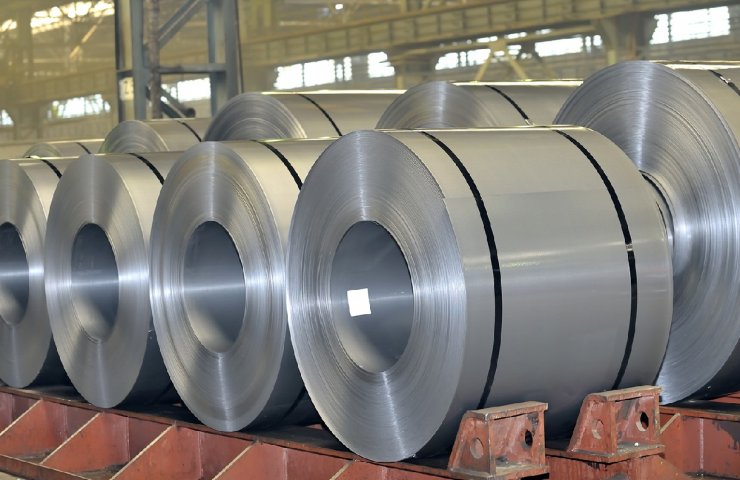Exports of Indian steel to the US in 2018 fell 49 percent to $ 372 million, while aluminum exports increased 58 percent to $ 221 million, according to the latest report from the independent Congressional Research Service (CRS). In 2018, U.S. steel and aluminum imports totaled $ 29.5 billion and $ 17.6 billion, respectively, the report said, adding that steel imports have fluctuated significantly in value and quantity over the past decade, while imports aluminum has generally increased.
The largest decline in US steel imports in value terms came from South Korea (-430 million USD, -15%), Turkey (-413 million USD, -35%) and India (-372 million USD, - 49%) with significant increases in the EU (+ $ 567 million, + 22%), Mexico (+ $ 508 million, + 20%) and Canada (+ $ 404 million, + 19%).
The largest reduction in aluminum imports was from China (-729 million, -40%), Russia (-676 million, -42%) and Canada (-294 million, -4%) and "Significant increase from the EU (+ $ 395 million, 9%), India (+ $ 221 million, 58%) and Oman (+ $ 186 million, + 200%).
Countries with permanent tariff exemptions (all but Australia have quotas instead) account for 18.4% of US steel imports in 2018 and 4.4% of US aluminum imports.
Last year, President Donald Trump used Section 232 to apply new tariffs to steel and aluminum imports and possibly auto parts and other sectors currently under investigation. These actions raised a number of policy issues, and several members of Congress passed legislation to revise various Section 232 bodies.
The global overcapacity in steel and aluminum, driven mainly by China, is a constant concern for the United States, the report said, adding that the George W. Bush, Obama and Trump administrations, each of which engaged in multilateral discussions to discuss the global reduction of steel capacity through the Organization for Economic Cooperation and Development (OECD).
"While the US has extensive anti-dumping and countervailing duties on Chinese steel imports to counter China's unfair trade practices, the steel industry and other experts argue that the scale of Chinese production is driving prices down globally," she added. .
Since March 23, 2018, Trump has applied 25% and 10% tariffs respectively on certain types of steel and aluminum.
The President has temporarily exempted several countries from tariffs pending negotiations on possible alternative measures.
Permanent tariff breaks in exchange for quantitative restrictions on US imports were eventually announced for steel for Brazil and South Korea, and steel and aluminum for Argentina.
Australia was finally exempted from both tariffs with no quantitative restrictions. In August 2018, President Trump raised the tariff to 50 percent on steel imports from Turkey.
The proposed US-Mexico-Canada Agreement (USMCA) will neither resolve nor resolve the issue of section 232 tariffs on imported steel and aluminum from Canada and Mexico, the CRS report said.




